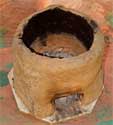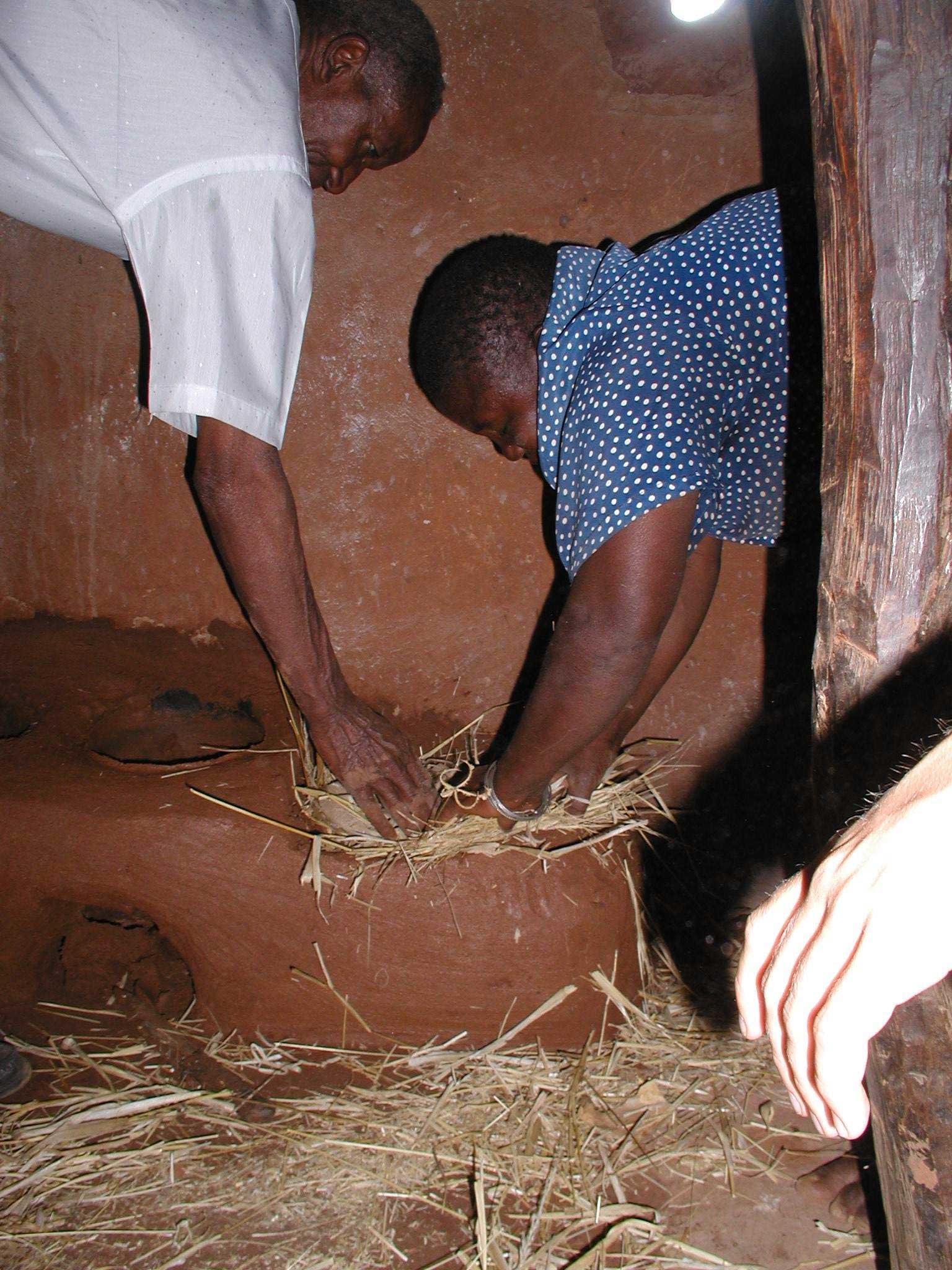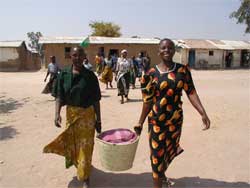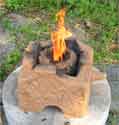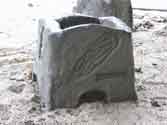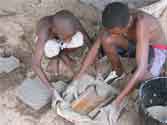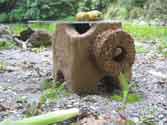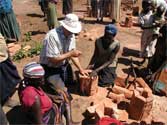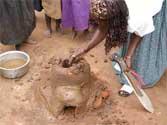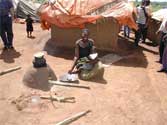New Lorena Stove Design in Mexico
Dean Still and Jeremy Foster, Aprovecho Research, ETHOS March 2003
Dean Still and Jeremy Foster, ETHOS March 2003
Jeremy Foster is working on a new Lorena type stove in Mexico. Here are a few details:
Jeremy Foster:
I am located in and around Lake Patzcuaro, about a 4 hr. drive west of Mexico City. The closest airport, 1 hr. away, is Morelia, which has many flights from Mexico City. However, coming from the western US it is better and cheaper to fly to Guadalajara, 3 1/2 hr. drive in the other direction.
Total population in the region is some 600,000 of which about a quarter are pure Tarascan. The main features of the most popular Lorena model are: A 50 cm. dia. clay comal in front over a single firebox. Two smaller holes (18-25 cm.) are side by side behind, with separate tunnels leading from the comal hornilla. These holes are sized to a particular family's need and due to shape of ollas are sunk in no more than 5 cm. below the surface. All ollas and cazuelas are ceramic and round-bottomed. Clay comals are used pretty exclusively. Metal comals have been very unpopular.
I had thought at first I would build a plancha stove with cutouts for comal, etc. On reflection, it seems to me it might be better to modify one of these Lorena stoves using rocket stove principles in order to more directly compare the two. I have been experimenting with the local baldosas which appear very suitable. The most useful size is 30cm. which actually
measures a little under 11" square X 1 1/8". I have gotten an elbow as hot as I could then doused it with cold water with no ill effect. The drawback is that the interior size is only 4" square. They also make one measuring 14"square. By also using this one to make a 7" wide back, I have made one with interior size 4 3/4" X 4 3/4" which seems about right but involves a lot of cutting and wastage.
Am amazed and grateful for all the great advice pouring in. Certainly a lot to think about.
The baldosa cutting sequence is just great and my hacksaw just can't through a 14" baldosa anyway, although I wonder if a 14" chimney with 6" square opening might not be good power for a nixtamal stove.


